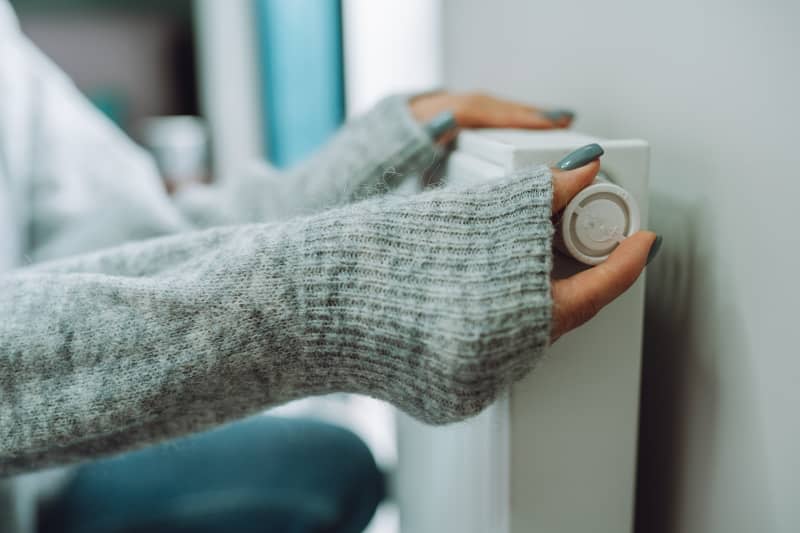This Is the Best Temperature to Set Your Thermostat at This Winter

Let’s face it — most people want to save a little money on their heating bills in the winter. But they also want to be warm. Luckily, those two desires don’t have to work against each other!
According to Anthony Carrino, a home-improvement expert and partner at Trane Residential, there is a magic number — it’s 68°F, which “is often considered the best temperature to set your thermostat at during winter to save money while also keeping your home comfortable.”
Keeping your thermostat set at 68°F will provide enough warmth to counteract the heat lost through walls, windows, and doors while keeping it comfortable enough that you won’t have to cook supper in a parka or watch TV through a mountain of blankets (although you can if you want — it is winter, after all).
WIN Home Inspector Andrei Jablokow from Pennsylvania agrees, saying, “It’s about striking a balance between comfort and energy savings. If you go too low, you save on energy costs, but it’s miserable, and you start to run the risk of issues like frozen pipes and excessive condensation.” He also stresses the importance of furnace maintenance to ensure the furnace is in good condition to increase its efficiency.
Another way to increase the efficiency of your furnace this winter is to invest in a smart thermostat. “Having a smart thermostat is a game-changer and is something I definitely recommend to all of my clients,” says Carrino. “It will learn your lifestyle patterns and automatically optimize the temperature for maximum efficiency and energy conservation.”
Smart thermostats can be controlled remotely, so if you turn the heat down while you’re out and about for the day or away for the weekend, Carrino says you can “program your thermostat to raise the temperature just before you return, ensuring a warm welcome without unnecessary heating.” If you have other smart home appliances, Carrino says that a smart thermostat can integrate seamlessly, giving you unparalleled control over your living space whether you’re home or not.
What are other ways to make your home more energy-efficient?
If you want even more energy savings this winter, here are a few more tips to help improve energy efficiency and potentially lower your energy bill without sacrificing comfort.
Replace your furnace filters and schedule an inspection.
Jablokow recommends that you “start by changing the furnace filters, which should be done regularly throughout the heating season.” Changing the filters not only helps with furnace efficiency, but he also points out that “dirty filters can lead to poor indoor air quality, and changing them ensures your family breathes clean and healthy air during the winter.”
He also recommends scheduling a professional furnace inspection because a certified technician can spot issues that a DIY inspection might miss, like pilot light problems, gas leaks, or a malfunctioning thermostat. Carrino echoes this advice, recommending a professional maintenance check with a Trane Comfort Specialist to assess the condition of your furnace.
Turn the heat down at night.
Here’s something that hot sleepers will appreciate: When you’re all snuggled up in bed at the end of the day, turning the heat down by a few degrees can significantly lower your heating bills. And the best part is, you’ll be in dreamland and won’t notice the cooler temperatures because you’ll be under the covers.
Maximize savings while you’re out of the house.
Carrino says that by “dialing down the thermostat 7 to 10 degrees for eight hours a day, you can potentially reduce your annual heating and cooling expenses by up to 10%.” That works out to the average workday, so you can program your furnace to automatically adjust down when you’re out of the house and then come back up to a comfortable, energy-efficient 68 degrees by the time you get home.
